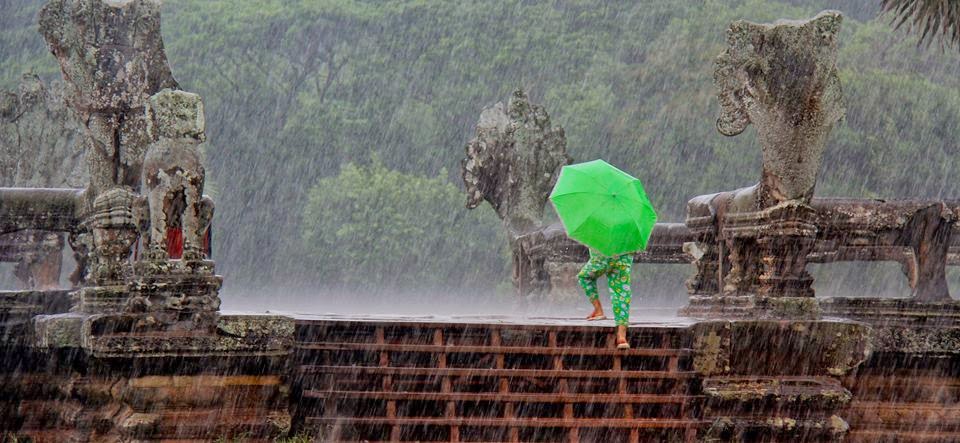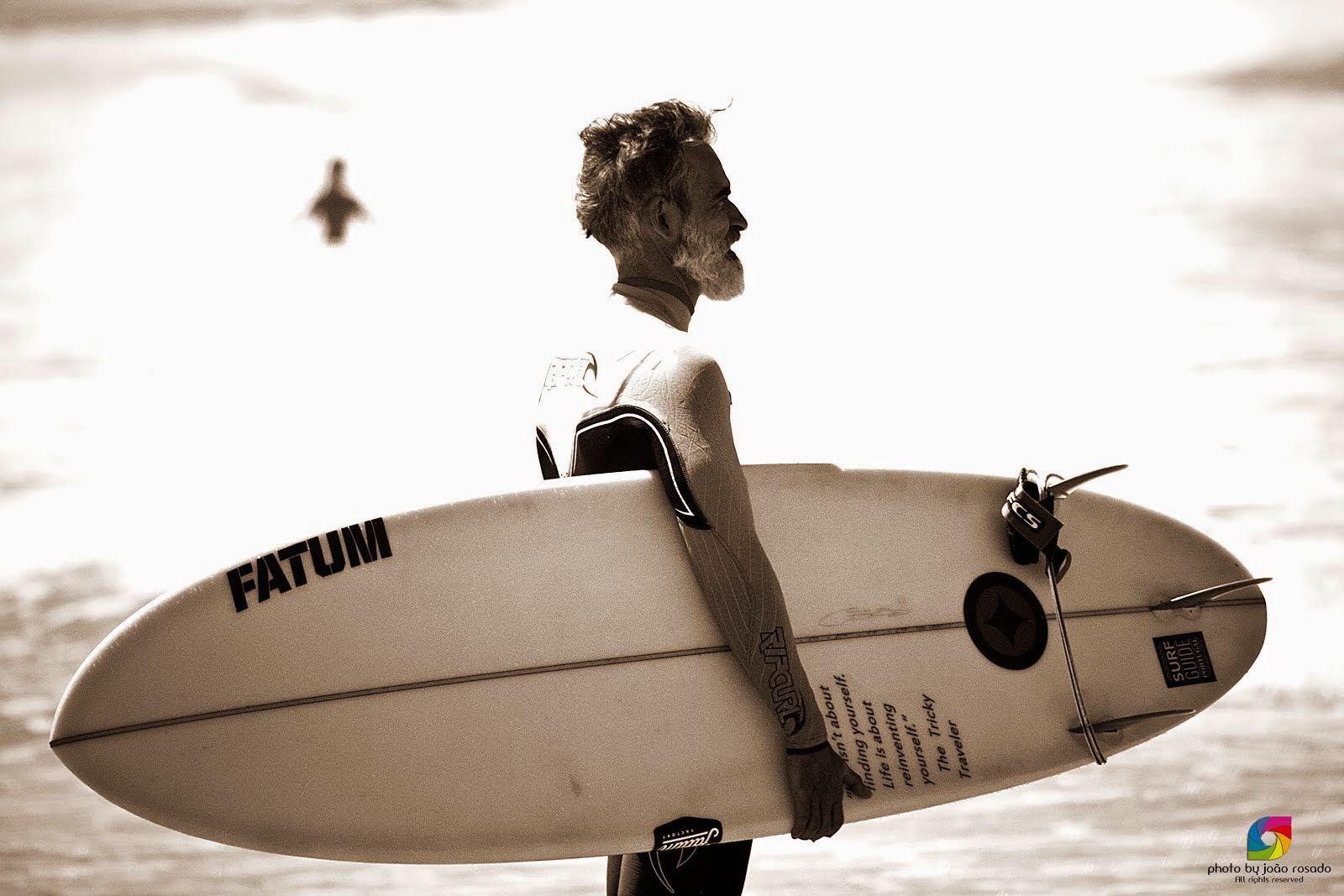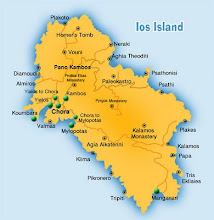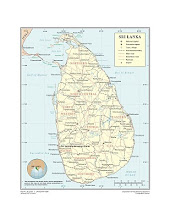Angkor is one of the most important archaeological sites in South-East Asia and one of the largest archaeological sites in operation in the world. Visiting Angkor complex is a lifetime experience, for its beauty and for the history. Tourism seams to appear in all forms! In a back of an elephant, in a tuck-tuck ride, crowds expecting the wonder of the sunset, sleeping face admiring the sunrise over the stupas. But! Are we paying attention to all the details? Do we really see everything? What about people who lived within the Angkor Wat enclosure? Do we think about their feelings? Many people may not know that when the French first began to do research and conservation at Angkor Wat that there were Buddhist monks living very close to the main temple entrance. In fact, there are actually two Buddhist Wats within the Angkor Wat enclosure, called Wat Cheung and Wat Tbong. In my visit to Angkor in September 2013, while admiring this important archaeological site, I realize the importance that those faces had to me. No meter the fact that they are the workers working on the restoration of the site or just children playing, or making a living for a few dollars from the tourists, they were the true meaning of “my” Angkor Vat. Of course, having people live close to heritage sights can create many tricky issues. But they are part of this magnificent place, and we must respect that. This is the experience I wanted to share with “Living in” photo work.
Ponto de partida e de chegada. Lisboa
-
Às vezes tento ler o meu futuro. Não nos astros, nem nas cartas, nem na
palma da mão. Tento lê-lo dentro de mim. Mas encontro tantas páginas soltas
que nã...

















